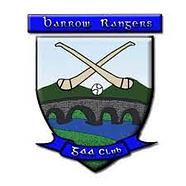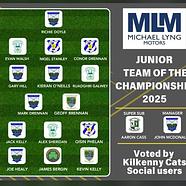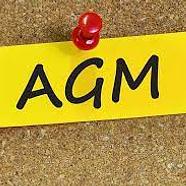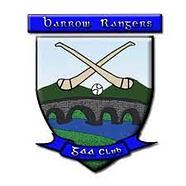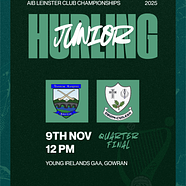Congratulations to our minor players Patrick Purcell and Niall Carpenter who represented Kilkenny GAA in a Shinty match against Scotland in Nowlan Park on Tuesday 25th July 2023. The Stripeymen ran out convincing winners with a score of 06-00-10 (28) to 02-03-03 (15). No doubt agreat experience for the lads.
Shinty (Scottish Gaelic: camanachd, iomain) is a team sport played with sticks and a ball. Shinty is now played mainly in the Scottish Highlands and amongst Highland migrants to the big cities of Scotland, but it was formerly more widespread in Scotland, and was even played in northern England into the second half of the 20th century and other areas in the world where Scottish Highlanders migrated.
While comparisons are often made with field hockey, the two games have several important differences. In shinty a player is allowed to play the ball in the air and is allowed to use both sides of the stick, called a caman, which is wooden and slanted on both sides. The stick may also be used to block and to tackle, although a player may not come down on an opponent's stick, a practice called hacking. Players may also tackle using the body as long as it is shoulder-to-shoulder.
The game was derived from the same root as the Irish game of hurling/camogie and the Welsh game of bando, but has developed unique rules and features. These rules are governed by the Camanachd Association. A composite rules shinty–hurling game has been developed, which allows Scotland and Ireland to play annual international matches.
The objective of the game is to play a small ball into a goal, or "hail", erected at the ends of a 140-to-170-yard-long (128 to 155 m) by 70-to-80-yard-wide (64 to 73 m) pitch. The game is traditionally played on grass, although as of 2009 the sport may be played on artificial turf.The pitch also has marks indicating a 10-yard (10 m) area around the goals, the penalty and centre spots (along with their associated arcs/circles of 5 yards or 5 metres radius), and corner arcs at the corners of the rectangular pitch of 2 yards or 2 metres radius. The goals, at opposite ends of the field, measure 12 feet (3.66 m) wide and 10 feet (3.05 m) high and a net is affixed to catch the ball when a goal is scored.
A player can play the ball in the air and is allowed to use both sides of the stick. The stick may also be used to block and to tackle, although a player may not bring their stick down on an opponent's stick, which is defined as hacking. A player may tackle an opponent using the body as long as it is shoulder-to-shoulder as in Association Football (soccer).
A player may only stop the ball with the stick, the chest, two feet together or one foot on the ground. Only the goalkeeper may use his hands, but only with an open palm since he is not allowed to catch it. Playing the ball with the head constitutes a foul whether intentional or not, as it is considered dangerous play. Other examples of dangerous play, which will be penalised, are a player, while grounded, playing the ball, or a player recklessly swinging the caman in the air in a way which might endanger another player.
Fouls are penalised by a free-hit, which is indirect unless the foul is committed in the penalty area, commonly referred to as "The D". This results in a penalty hit from 20 yards (18 m).
A ball played by a team over the opposing bye line results in a goal hit from the edge of the D, while a ball played by a team over their own line results in a corner. A ball hit over the sideline results in a shy: a shinty shy involves the taker tossing the ball above his head and hitting the ball with the shaft of the caman, and the ball must be directly overhead when struck.
The winner of a game is the team that scores the most goals. A team scores a goal "when the whole of the ball has passed over the goal-line and under the cross-bar". A goal can only be scored with the caman; there is no goal when the ball "has been kicked, carried or propelled by hand or arm by a player of the attacking side." A goal can not be scored directly from a free-hit.
Thanks to Wikipedia for the imformation!


